
In the past 70 years, the mattress scene changed significantly. We stepped away from the natural and welcomed that which is synthetic, all in the name of cheap and fast mass production. The serge of polyurethane foam and synthetic latex mattresses flooded the market, effectively taking over and becoming the conventional choice. The shift wasn’t a surprise since the average home has slowly been transforming into a Frankenstein monster of petroleum-based products and synthetic alternatives. The new wave of lab-grown mattresses was just another piece of the equation. The pursuit of that which is cheap and fast to produce always leads to health concerns. So let’s dive into the most common toxic chemicals lurking in mattresses and look at their effects on the human body and fitness.
Common Toxic Chemicals
People spend a third of their lives sleeping and so it’s no surprise that the contents of their mattresses play a significant role in their health. When you use a synthetic product, your organism inevitably gets exposed to unnatural substances that may pose health risks. Such is the case with the common toxic chemicals lurking in polyurethane foam, synthetic latex, and flame retardants.
For the chemicals to cause harm they must first come into contact with the human body; this happens through physical touch or inhalation. With an average sleeping time of 8 hours and a temperature between 97 F and 99 F, the human body generates enough heat to trigger any chemicals with a low-boiling point, effectively turning them into toxic fumes, also known as volatile organic compounds (VOCs).
The VOCs are the byproduct of these common toxic chemicals evaporating and turning into gases we inhale. These emissions often cause allergies, skin irritation, headaches, nausea, or other milder symptoms. However, prolonged exposure to VOCs and other more stable harmful chemicals found in polyurethane foam, synthetic latex, and flame retardants may have serious side effects such as the development of cancer, DNA damage, or disruption of the endocrine system.
Polyurethane Foam
In laymen’s terms, polyurethane foam is a petroleum-based product coming from the plastic family. It’s a cocktail of chemicals with a low-boiling point that melts away during sleep. Once used as a rubber substitute during WWII, polyurethane foam found its way into the mattress industry due to its low production cost. Of course, the quality and durability of the product can be seen in its frightening ability to “disintegrate.” In just 10 years of use, a polyurethane foam mattress can lose over half of its weight due to off-gassing and oxidation. In other words, one can expect to breathe in and out more than 50% of their mattress mass under the form of VOCs and dust (oxidized polyurethane breaks down) that settles throughout the house.
To better understand the impact of the common toxic chemicals lurking in polyurethane foam, let’s break down some of the most prominent synthetic substances found inside.
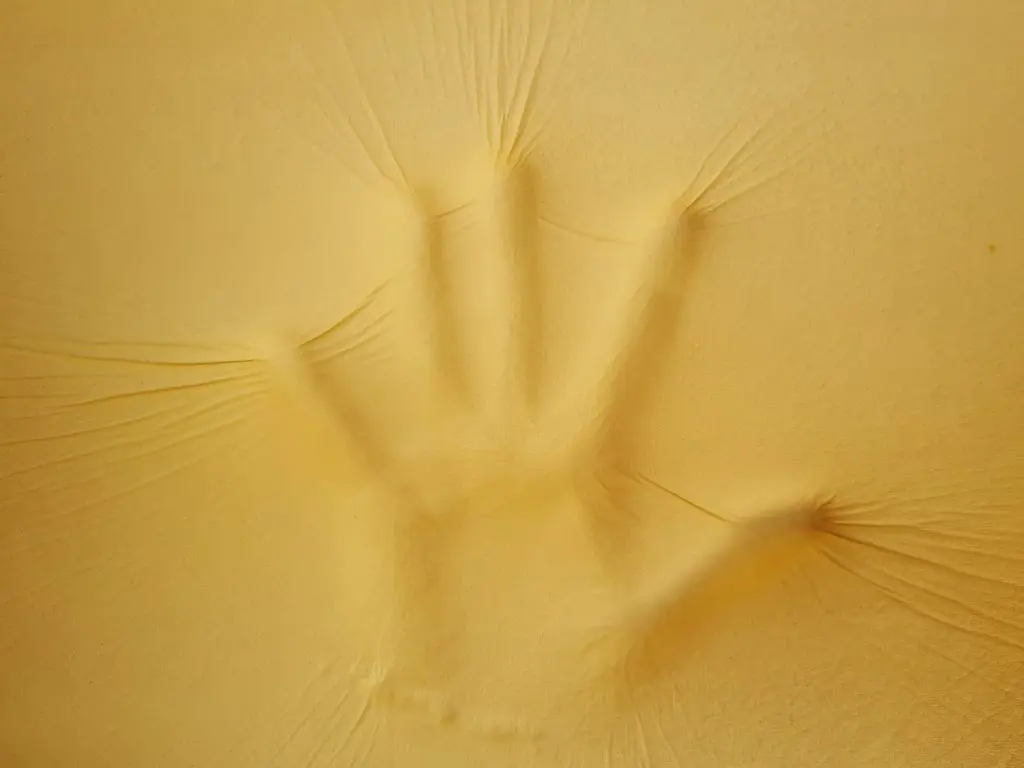
Benzene
Benzene is a chemical with a sweet odor that unfortunately has very sour consequences for the human body. According to the Department of Health and Human Services (DHHS), long-term exposure to benzene can cause cancer in humans. The chemical is especially harmful to bone marrow which leads to disruption in the production of red blood cells. A moderate symptom of benzene exposure could be anemia. In more dire cases the end result could lead to leukemia or cancer of the blood-forming organs.
Formaldehyde
Formaldehyde is a colorless gas and the main way of exposure to the chemical is through inhalation. According to the American Cancer Society, formaldehyde is classified as a human carcinogen that can lead to mild aggravations such as watery eyes, coughing, skin irritation, or bring about life-threatening diseases such as leukemia. It’s a highly commercial chemical used in insulation, construction, household goods, and even cosmetics.
PFOS
PFOS or Perfluorooctyl Sulfonate is a chemical regarded as a global pollutant with adverse effects on the human body. The toxin causes damage to the endocrine, immune, and reproductive systems. It can lead to brain disorders and disrupt cognitive development. Still used in the production of foam mattresses in the USA, the chemical has been banned in the EU under the POPs regulation since 2020.
VOCs
Polyurethane foam is a notorious source of VOCs. Much of the chemicals used in the production of this material have a low-boiling point. At room temperature, your foam mattress turns into a gas-emitting foam block that slowly but surely pollutes the air in the room. Given that indoor air quality tends to be five times worse than its outdoors counterpart, it is of great concern how the saturation of VOCs can cause the environment in your home to be unhealthy. Depending on the concentration and nature of the VOCs, the side effects of inhaling the toxins can be eyes, nose, or throat irritation; loss of concentration, headaches, nausea, or liver damage. In some cases, cancer may develop after prolonged exposure.
Synthetic Latex
Synthetic latex is a rather simple material made out of two petroleum-based compounds called styrene and butadiene. Both chemicals are dangerous to human health and classify as VOCs. With such a profile of toxic mattress chemicals, synthetic latex is one of the more “productive” off-gassing materials. The main reason manufacturers prefer it over natural latex is simply put the low effort and price of production. Even though the material is resource hungry and cannot be recycled or biodegraded, synthetic latex still has commercial appeal due to its low cost.
Given that synthetic latex is essentially a plastic made in a lab, it would be a good idea to break down its compounds and look into what health risks they may pose.
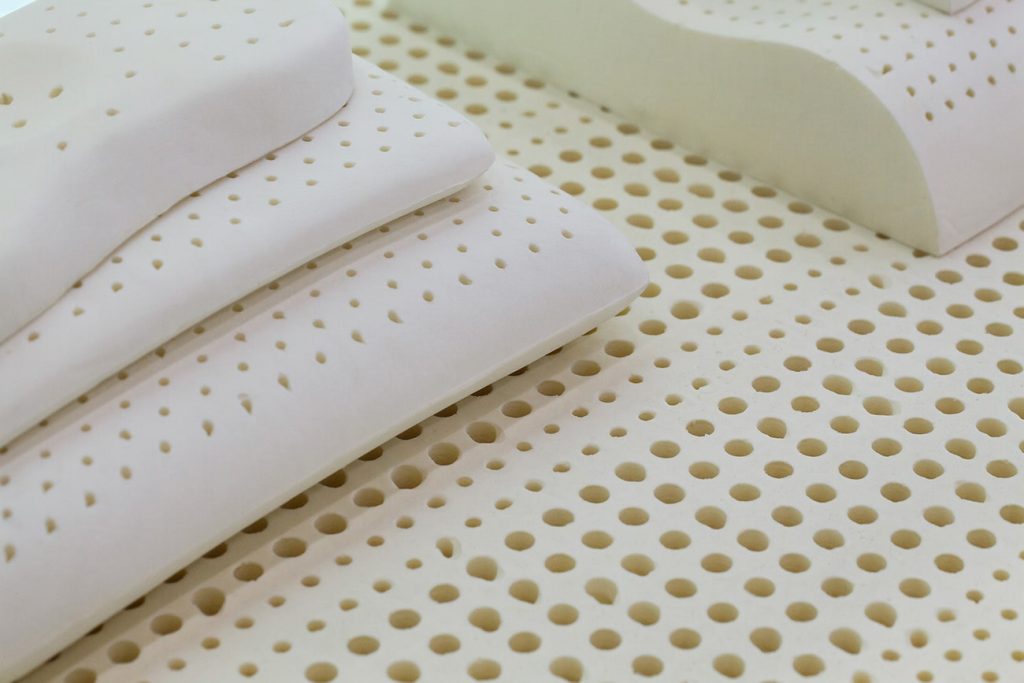
Styrene
Styrene is a derivative of benzene (the first chemical we mentioned in the polyurethane foam breakdown). It’s a colorless oily liquid that is highly prone to off-gassing. It’s dangerous to human health and causes a wide spectrum of issues. According to the United States Environmental Protection Agency (EPA), styrene can increase the risk of lymphoma and leukemia, all the while being toxic to the brain, liver, and lungs. Other symptoms of exposure to the chemical may be fatigue, headaches, depression, or hearing loss. Styrene is an all-around damaging compound that should be best avoided as much as possible.
Butadiene
Butadiene is essentially a precursor to synthetic rubber and as such has many industrial uses. It’s a colorless gas that is highly flammable and is produced through the processing of petroleum. According to a report by the United States Department of Labor, butadiene is a carcinogen that is harmful to the nervous system, eyes, and skin. Combined with styrene, they form a dangerous duo that can be detrimental to human health after prolonged exposure.
Chemical Fire Retardants
Since polyurethane foam and synthetic latex mattresses contain chemicals that are highly flammable it is required by law to treat the mattresses with fire retardants in order to meet the federal flammability standards. Again, the convenience in terms of time and cost comes at the expense of the worker and consumer health. Boric acid, antimony, or halogenated flame retardants are commonly used in the mattress industry despite being well-known for their adverse health effects. These toxic chemicals lurking in your mattress can delay puberty, and harm the reproductive system, brain, or nerve function. Even in more severe cases, the above-mentioned fire retardants can disrupt the health and functionality of sperm across two whole generations! Flame retardants are fueling the toxic effects of the harmful compounds found inside most commercial synthetic mattress materials.
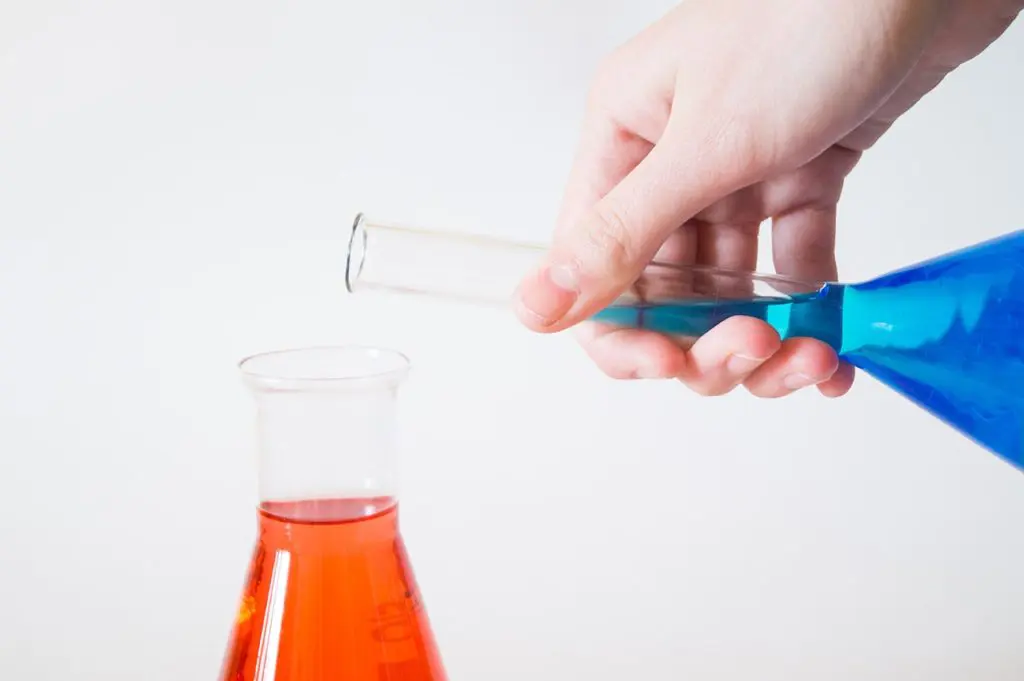
The Dose Makes the Poison
The dangers of the toxic chemicals lurking in your mattress depend on the concentration and period of exposure. Much of the more severe health consequences develop over prolonged exposure to high levels of chemical concentration. Most often the ones who suffer the most are the actual workers who participate in the manufacturing process of the mattresses or the very chemicals.
Often the saturation of the chemicals in the mattresses will be minimal and may express itself only in mild symptoms. However, most of the same chemicals are present in other household objects, making the net VOCs emissions drastically increase.
Of course, the chemical dose is always relative to the size and age of the person. An adult will be able to tolerate a greater amount of toxicity in comparison to a child. This is why materials such as polyurethane foam, synthetic latex, and flame retardants are especially damaging to infants and children and can have adverse effects on their development.
How to Escape the Avalanche of Chemicals
Airing out your room or buying protective covers that limit VOCs emissions only treat the symptoms but never address the root cause. To fully eliminate the toxic load of your mattress you need a more holistic approach. The best and most bullet-proof strategy for fighting off VOCs is to get rid of their source – switch your synthetic mattress with a natural one.
In most cases, the purpose of the synthetic is to replicate that which is natural with the goal of making its “copy” cheaper and easier for production. Polyurethane foam and other artificial substances are designed with the purpose of replicating the built-in properties of organic materials such as wool, cotton, or horsehair that have undergone millions of years of evolution.
Mattresses made out of 100% pure wool are proven to emit no VOCs and contain no harmful chemicals. Wool is naturally fire-resistant, water-repellent, highly breathable, and insulating; there is no need to use artificial substances harmful to the body when some of the most wanted mattress features are already present in the raw material. Moreover, wool’s antimicrobial, dust mite, and mildew-resistant properties make it even safer for infants and children since it’s hypoallergenic and gentle to the developing body.
Going with an all-natural material isn’t an alternative choice but a common practice that has been around for millennia. It’s only in the past 70 years that we have strayed away from nature and experimented with the world of synthetics. Given the barrage of disease and side effects caused by these man-made toxic chemicals lurking in your mattress, it becomes ever so clear that the human body desires that which is natural.

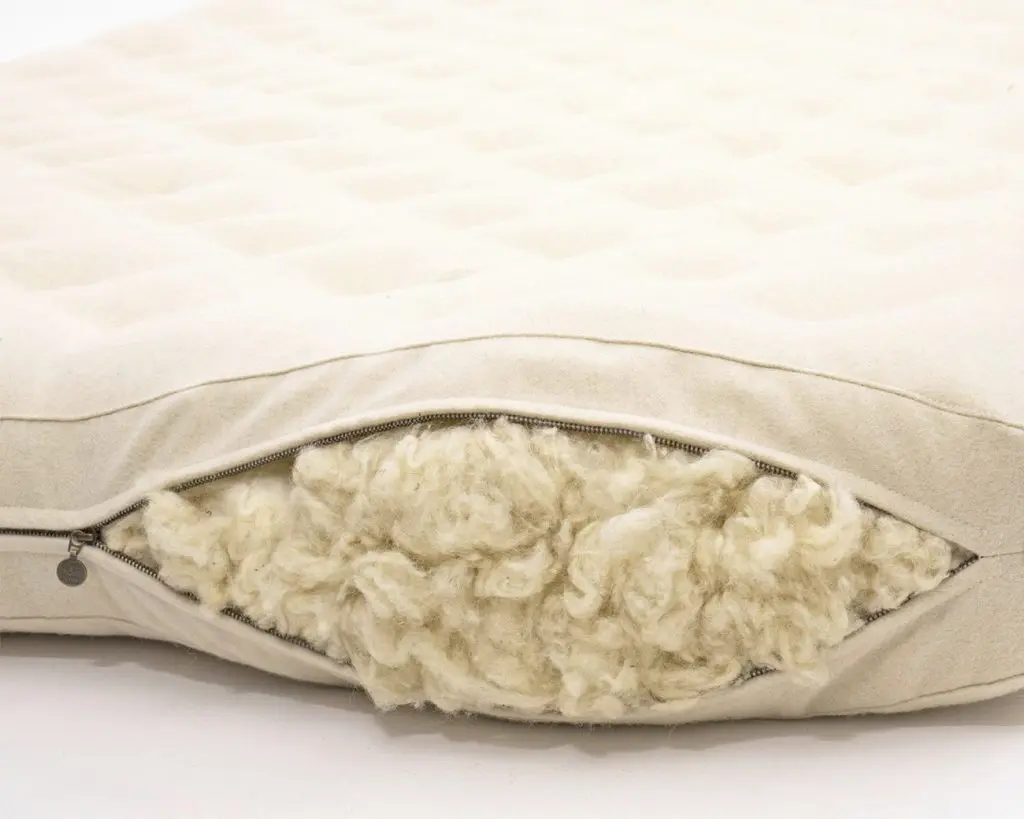
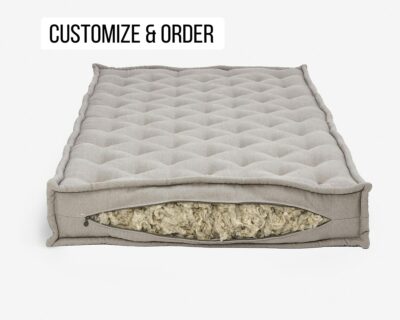
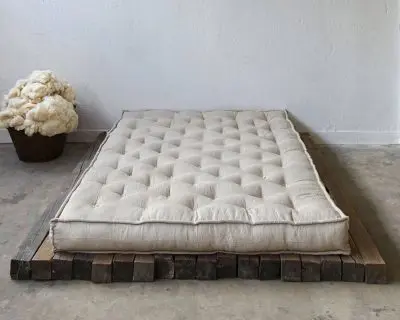
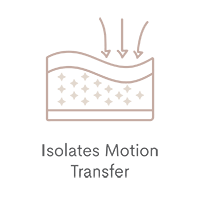

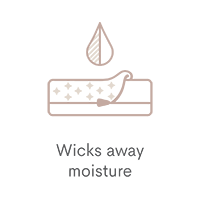

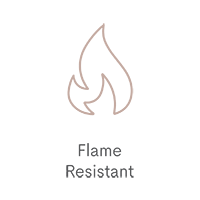

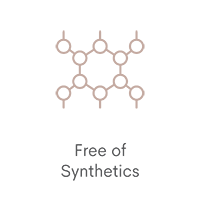
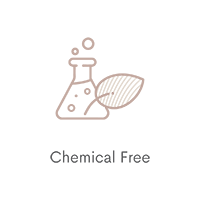

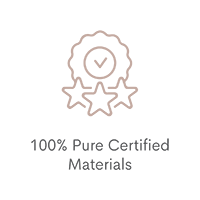

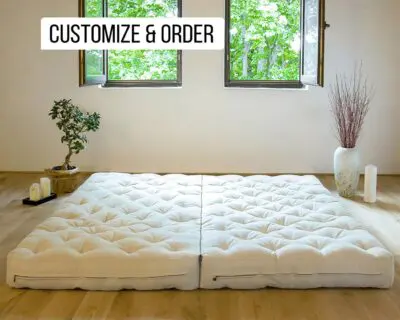
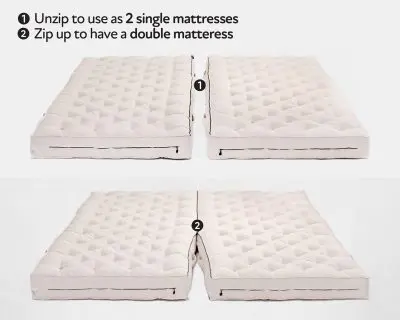
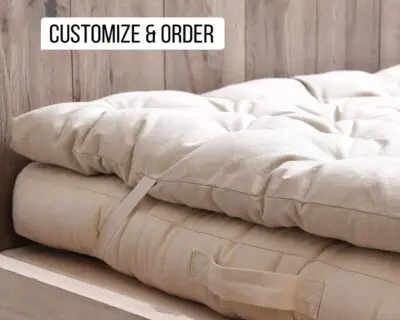
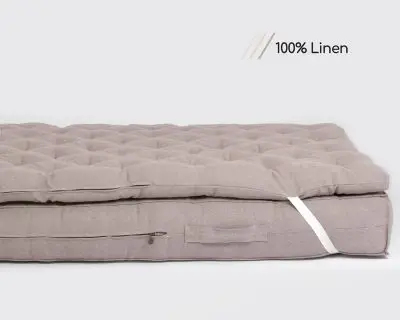
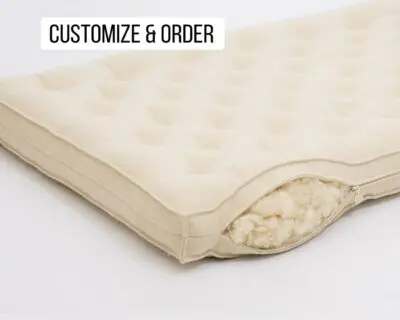

Leave a Reply